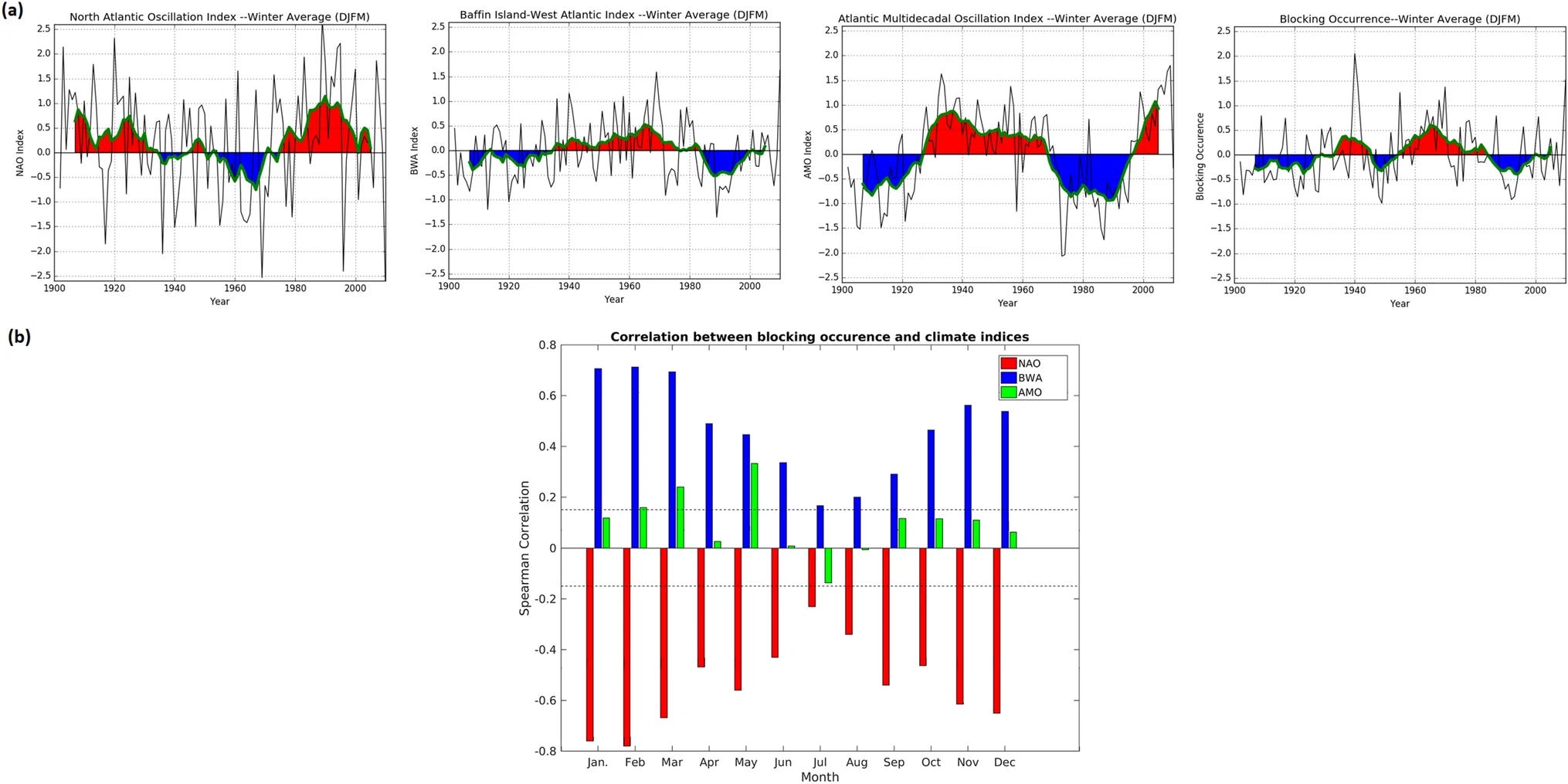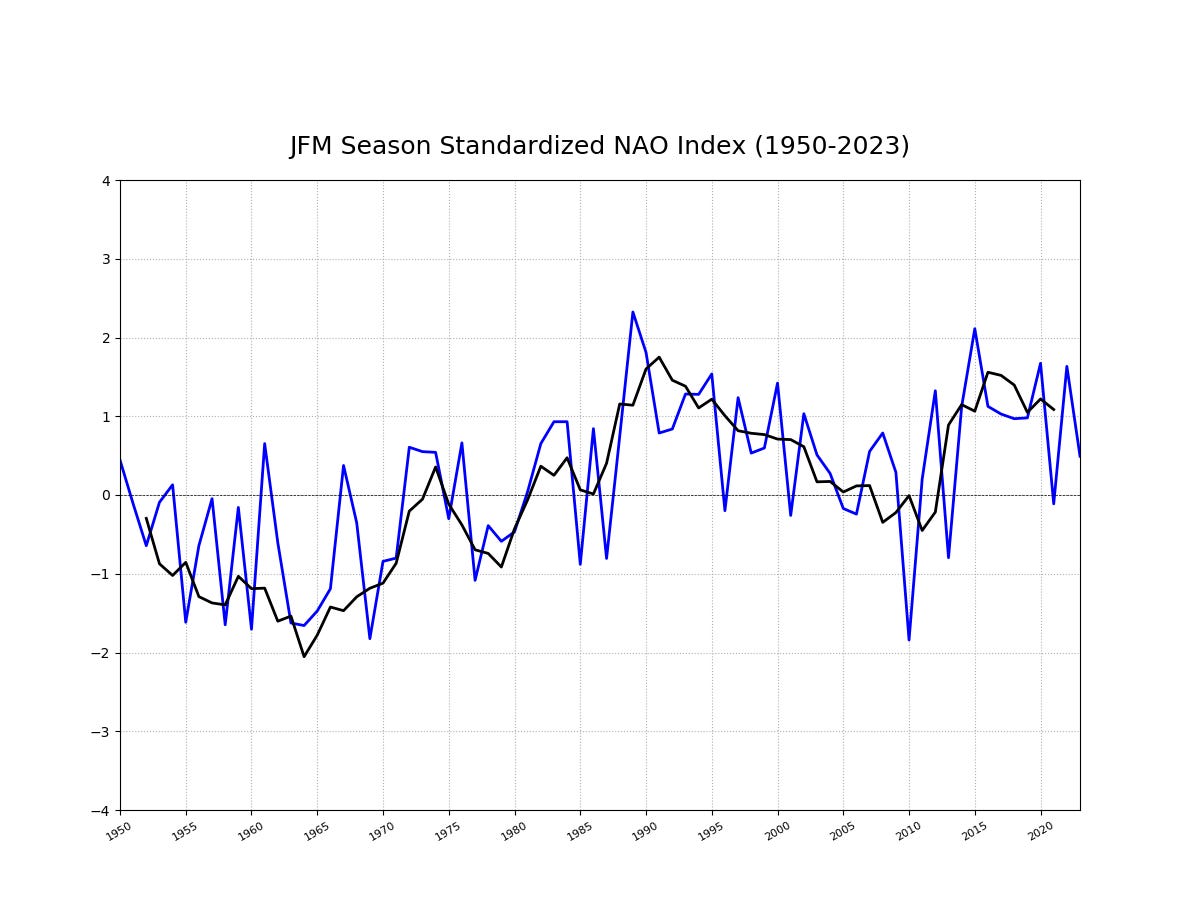Net Zero watchers cannot have failed to see this story recently:
Britain’s climate watchdog has privately admitted that a number of its key net zero recommendations may have relied on insufficient data, it has been claimed.
Sir Chris Llewellyn Smith, who led a recent Royal Society study on future energy supply, said that the Climate Change Committee only “looked at a single year” of data showing the number of windy days in a year when it made pronouncements on the extent to which the UK could rely on wind and solar farms to meet net zero. [emphasis, links added]
“They have conceded privately that that was a mistake,” Sir Chris said in a presentation seen by this newspaper. In contrast, the Royal Society review examined 37 years’ worth of weather data.
Last week Sir Chris, an emeritus professor and former director of energy research at Oxford University, said that the remarks to which he was referring were made by Chris Stark, the Climate Change Committee’s chief executive.
He said: “Might be best to say that Chris Stark conceded that my comment that the CCC relied on modeling that only uses a single year of weather data … is ‘an entirely valid criticism’.”
Stark has tried to waffle his way out of trouble by issuing a nonsensical and very long winded rebuttal on X, but nobody’s buying it, certainly not Andrew Montford:
Last night, the CCC’s Chief Executive, Chris Stark put out a long Twitter thread addressing these issues. But while it’s dressed up as a rebuttal, it’s nothing of the sort. In fact, it’s a masterpiece of bureaucratic obfuscation.
Recall firstly that this blew up when the Sunday Telegraph reported Sir Christopher Llewellyn Smith’s criticisms of the CCC’s energy system modelling: they had failed to look at the possibility of back-to-back low wind years. This meant that they underestimated the amount of hydrogen storage the system would need, and thus the costs involved.
37 years is better than one year for sure. Chris Llewellyn looked at the period 1980-2016 to assess the requirement for hydrogen storage. But even that is not sufficient because it so happens that this period corresponded almost exactly with a positive winter trend in the North Atlantic Oscillation, which itself correlates very strongly with a significant decline in the frequency of winter [DJFM] atmospheric blocking events over the North Atlantic. Less blocking events in winter means on average windier and stormier weather over the north Atlantic and northern Europe. So, by accident or design, the Royal Society just happended to pick a period when winters were windier on average in Europe and the UK due to cyclical natural internal climate variability. Winter is the critical time for generating wind powered electricity because demand is higher and wind speeds are generally greater than in spring and summer.
You can see clearly that if the Royal Society had picked the period 1955-1980 instead, there was a lot more winter atmospheric blocking over the north Atlantic, winters were as a result considerably colder and wind speeds were on average lower, so the Royal Society in that case might have concluded that the need for hydrogen storage would be even greater! Oh dear.
This matters because the Climate Change Committee’s calculations are obvious garbage, being based on one year of wind speeds only. But the Royal Society’s calculations should be taken with a large pinch of salt also for the reasons listed above. It matters because, looking at the above graph, it looks like we are headed into another negative winter NAO period and so winter wind speeds will probably decrease once again, as northern European winters become significantly colder. With the rush to build increasing reliance on offshore and onshore wind to power the grid, this could spell complete disaster.
Here’s NOAA’s graph of standardized NAO winter (JFM) index. You can clearly see the trough which occurred during the 60s and 70s plus the marked decline in 2009/10, when winters got very cold in northern Europe. It climbed back up after that, but it seems quite likely that we are now headed downwards, perhaps for the next few decades, as happened during 1955-1980.






Hmmm. Paul Homewood put two and two together apparently and also figured out that the NAO was being ignored by CCC on the basis of an excellent comment by John Cullen. He gave credit to John for the comment. I replied to that comment of John's with a link to this post, which Paul must have somehow missed because I got no credit for getting there first on the NAO! Ah well, never mind, good to know I'm setting the pace for other more popular sceptic websites!
https://notalotofpeopleknowthat.wordpress.com/2024/01/26/ccc-wind-power-plans-ignore-the-nao/
Clearly the meteorologists have been criminally negligent because they never bothered to warn us about wind droughts which are the fatal flaw in the wind and solar programme.
This has been obvious since about 2008 when independent investigators in Australia, Anton Lang and Paul Miskelly with associates started to investigate low windpower periods using the continuous record of the wind farms feeding into the southeastern Australian grid.
These studies revealed critically low levels of wind up to three days in duration across the whole of South eastern Australia
Since that time serious efforts around the world should have been directed to assess the low points of wind power production to see if they were sufficiently severe, prolonged and widespread to exceed the amount of storage that could be feasibly or affordably provided.
Of course the people in positions of power and influenced, and also academic researchers it seems, ignored the work of Lang and Miskelly.
Averages over a week or more wash out the low points in Australia which don’t exceed three days, more ingenuity was required to ignore the Dunkelflautes that can last for weeks, moreover sailors would have known about them for ever, likewise millers grinding grain and pumping water on land.
Its really as simple as ABC.
A. Input to the grid must continuously match the demand.
B. The continuity of RE is broken on nights with little or no wind.
C. There is no large-scale storage to bridge the gaps.
So the transition to wind and solar power can’t proceed with current storage technology.
Wind droughts happen.
Many people assume that the wind is always blowing somewhere not far away but there are periods of very little wind power, approaching zero, across the whole of the SE Australia for periods up to 3 days. Remember that the wind speed has to reach 4- to 5 metres per second before turbines start to generate power.
And there is more!
https://newcatallaxy.blog/2023/06/19/its-about-the-wind-droughts-stupid/
https://newcatallaxy.blog/2023/07/11/approaching-the-tipping-point/
https://newcatallaxy.blog/2023/04/30/dark-deeds-of-the-official-wind-watchers/
https://newcatallaxy.blog/2023/09/16/latest-evidence-windpower-wont-work-rafe/
https://newcatallaxy.blog/2023/07/18/lets-all-follow-germany/
https://quadrant.org.au/opinion/doomed-planet/2020/07/no-gusts-no-glory/